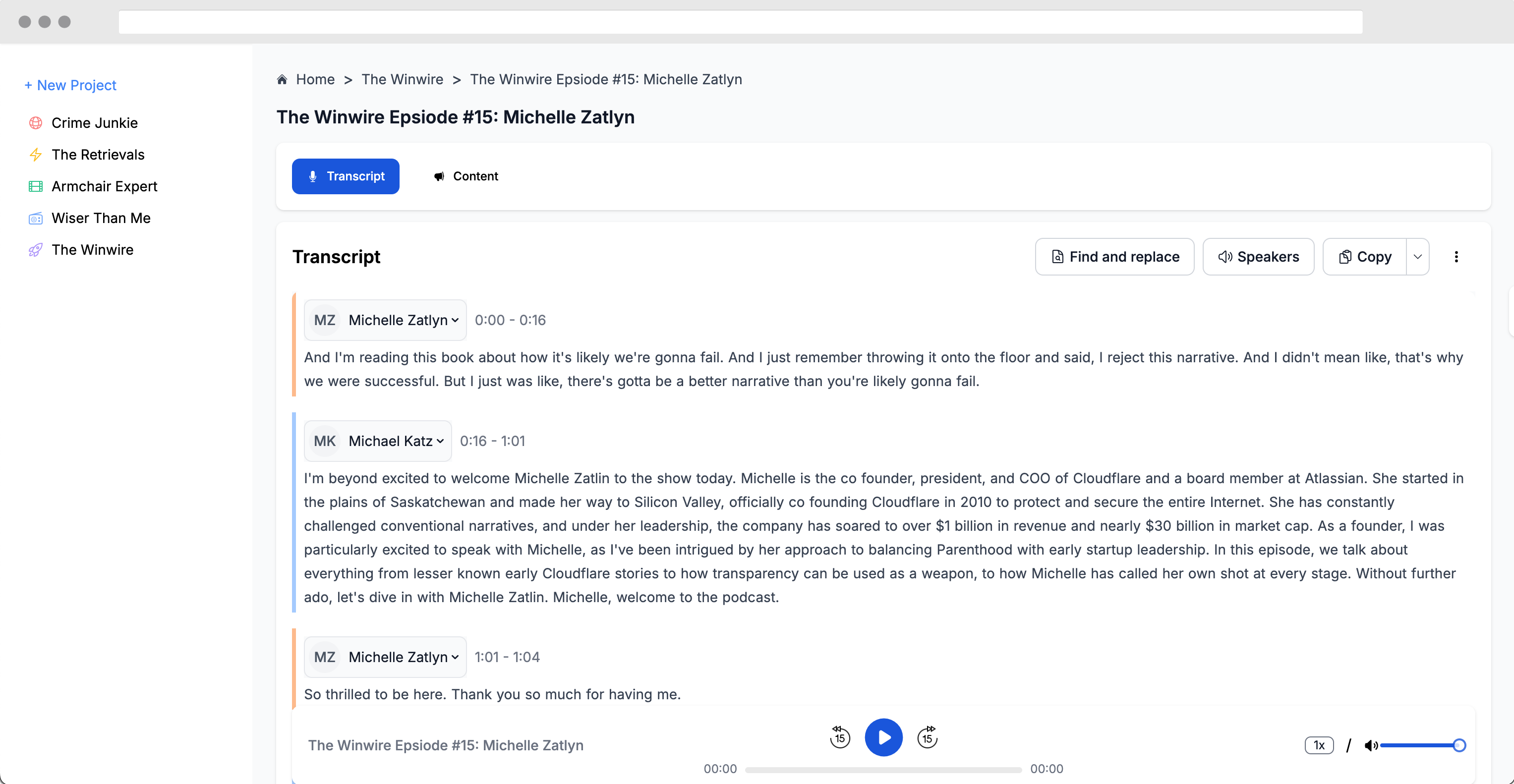Podcasting Pioneers: Opportunities in the APAC Market

Key Takeaways
Podcasting's Growth in Asia Pacific: The Asia Pacific region has seen a significant rise in podcast listeners, with 65% of internet users engaging with podcasts. This trend is particularly strong in the Philippines, where 20% of the internet-connected population listens to podcasts.
Challenges in Monetization: Monetizing podcasts in the Asia Pacific region remains challenging due to limited advertising budgets and delayed payments. However, creative solutions like micro-payments and bundling services can help podcasters generate revenue.
Importance of Localized Content: In regions like the Philippines, localized content that resonates with the cultural context, such as comedy and self-help podcasts, is more popular than niche professional content.
Technological Innovations: Tools like Linguina, which translate and convert podcasts into multiple languages, are helping podcasters reach a global audience, breaking language barriers and expanding their listener base.
Community Engagement: Building a strong community around a podcast can be more valuable than focusing solely on advertising revenue. Engaging with listeners through social media and other platforms can create a loyal audience willing to support the podcast financially.
Overview
David Moss, Chief Creative Officer and acting CMO at Evergreen Podcast, moderated a panel on emerging trends in podcasting with Aya Schlachter, CEO of MGS Global Group, Ron Baetiong, CEO of Podcast Network Asia, and Shin Hamahara, Head of Digital Business Division at Nippon Broadcasting System.
Aya highlighted the significant growth in podcast listenership in the Asia Pacific, particularly in the Philippines, where 65% of internet users listen to podcasts. Ron discussed the challenges and successes of monetizing podcasts in Southeast Asia, noting the importance of creating local content and the difficulties in securing advertising revenue. Shin introduced a new AI-driven tool, Linguina, which translates and localizes podcast content to overcome language barriers, thereby expanding reach.
The panelists emphasized the importance of understanding regional preferences and leveraging technology to grow the podcasting industry.
Core Concepts
Podcasting's Growth in Asia Pacific
The Asia Pacific region has experienced a significant increase in podcast listenership, driven by the growing number of internet users and the popularity of platforms like Spotify.
Key Points:
65% of internet users in the Asia Pacific region listen to podcasts.
In the Philippines, 20% of the 17 million internet-connected population listens to podcasts.
Comedy and self-help podcasts are particularly popular in the Philippines.
Examples:
Aya Shlachter highlighted that 65% of internet users in the Asia Pacific region listen to podcasts, with a significant portion discovering new brands through podcast ads.
Ron Baetiong mentioned that in the Philippines, 85-90% of podcast listeners use Spotify, making it the dominant platform in the region.
Quotes:
In the Philippines alone, there's 17 million people connected to the Internet. But 20% of that 17 million listen to podcasts. - Aya Shlachter
Most people have Android phones. It's a luxury. It's a status symbol when you walk around with an iPhone. - Ron Baetiong
Challenges in Monetization
Monetizing podcasts in the Asia Pacific region presents unique challenges, including limited advertising budgets, delayed payments, and the need for creative revenue streams.
Key Points:
Advertisers in the region often allocate the majority of their budgets to platforms like TikTok, Facebook, and YouTube.
Payments from advertisers are frequently delayed, creating cash flow issues for podcasters.
Creative solutions like micro-payments and bundling services can help generate revenue.
Examples:
Ron Baetiong shared that when pitching podcasts in 2019, brands often asked, "What is a podcast?" indicating a lack of awareness and understanding of the medium.
Aya Shlachter mentioned that despite having only 500 subscribers, her podcast helped her grow her business from 8 to 50 employees, demonstrating the indirect benefits of podcasting.
Quotes:
When we talk to brands and say, 'Hey, what's your budget?' They would say 80% of their marketing or digital marketing budget is already pre-allocated on TikTok, Facebook, YouTube, Google, and X or Twitter. - Ron Baetiong
After I started my podcast, my team has grown to 50 employees. - Aya Shlachter
Importance of Localized Content
Localized content that resonates with the cultural context of the audience is crucial for the success of podcasts in the Asia Pacific region.
Key Points:
In the Philippines, comedy and self-help podcasts are more popular than niche professional content.
Localized content helps attract a broader audience, including middle and lower-income listeners.
Understanding the cultural preferences of the audience is essential for creating engaging content.
Examples:
Aya Shlachter noted that architects in the Philippines prefer listening to comedy and self-help podcasts rather than architecture-related content due to burnout.
Ron Baetiong emphasized the importance of creating content that resonates with the local audience, such as Filipino baiting, which involves creating content that appeals to Filipino pride and interests.
Quotes:
Architects in the Philippines don't listen to architecture podcasts because they're burnt out. That's why they listen to comedy podcasts and drama and self-help. - Aya Shlachter
There's this thing called Filipino baiting. Filipinos love consuming content coming from the US saying, 'Hey, I love the Philippines.' - Ron Baetiong
Conclusion
The discussion highlighted the rapid growth of podcasting in the Asia Pacific region, particularly in the Philippines, where platforms like Spotify dominate. Despite the challenges in monetization, creative solutions such as micro-payments and bundling services offer potential revenue streams.
The importance of localized content that resonates with the cultural context of the audience was emphasized, along with the role of technological innovations like Linguina in breaking language barriers. Building a strong community around a podcast can also provide significant value, creating a loyal audience willing to support the podcast financially.
Food for Thought
How can podcasters in emerging markets better educate advertisers about the value of podcast advertising?
What strategies can podcasters use to create more localized content that resonates with their target audience?
How can technological innovations like Linguina be leveraged to expand the reach of podcasts globally?
Reference Tools, Platforms, and Resources
Spotify: Dominant podcast platform in the Asia Pacific region.
Anchor: Popular podcast hosting platform, though it limits programmatic advertising options.
Linguina: Tool for translating and converting podcasts into multiple languages.
Supporting Cast: Platform for enabling micro-payments and subscriptions for podcasts.

65% of Internet users in the Asia Pacific market listen to podcasts (GWI report).
13% higher likelihood of being high-income earners among podcast listeners in the Asia Pacific.
17 million people in the Philippines are connected to the Internet, with 20% (3 million) listening to podcasts.
In 2019, only 20% of the top 200 podcasts in the Philippines were Filipino-made, with 80% being American shows.
Podcast Network Asia grew from 5 shows to 230 shows in three years.
Podcast Network Asia's monthly recurring expense to run 230 shows was $60,000.
Podcast Network Asia's download numbers grew from 600,000 to 5 million in three years.




